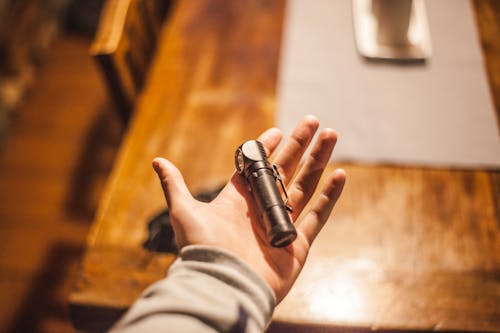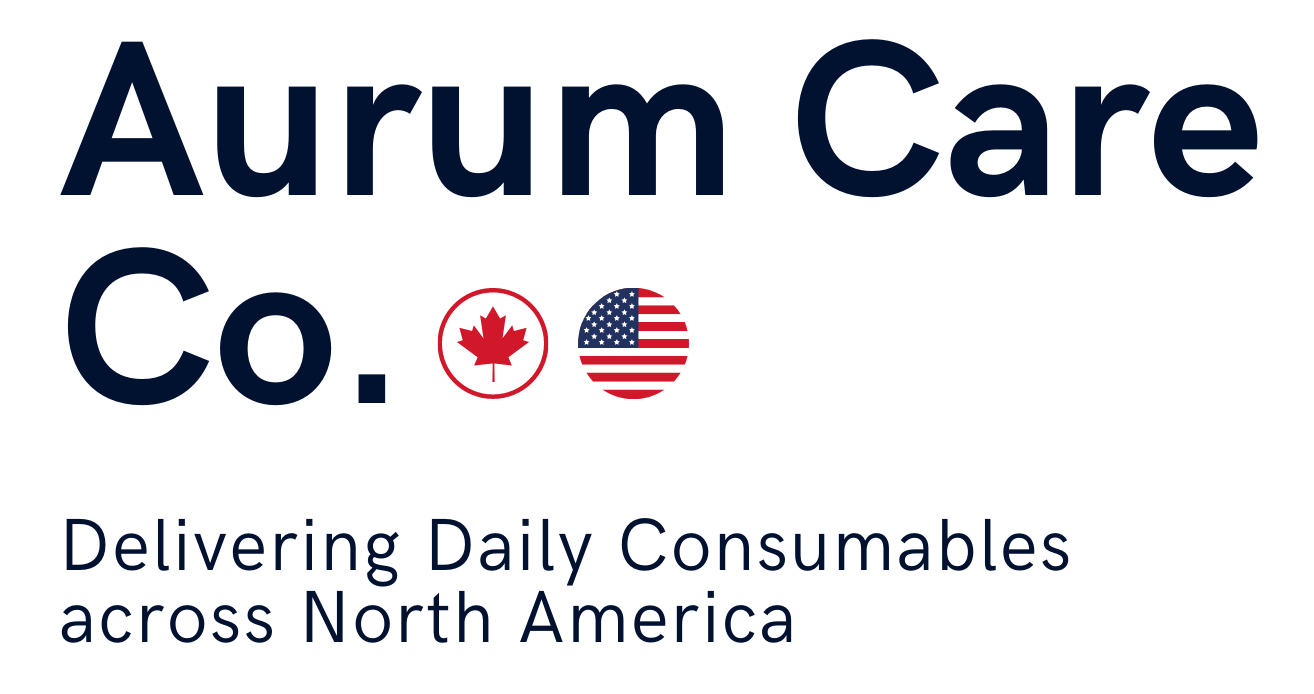Ensure You’re Ready for the Unexpected with Aurum Care Co.
Emergencies can strike without warning, and being prepared is essential to ensuring the safety and well-being of you, your family, or your employees. Whether it's a natural disaster, a medical emergency, or an accident at the workplace, having a well-stocked safety kit can make all the difference in handling the situation effectively.
At Aurum Care Co., we understand the importance of preparedness, which is why we’ve put together this guide to help you build a comprehensive safety kit. Whether you're preparing for your home or business, this kit will ensure you're ready for whatever comes your way.

1. Basic First Aid Supplies
The foundation of any safety kit is a well-stocked first aid section. Accidents can happen anytime, and being able to provide immediate care can be crucial. Here’s what you should include:
Adhesive Bandages (Various Sizes): For minor cuts and scrapes, adhesive bandages are essential. Include different sizes to cater to various types of wounds.
Gauze Pads and Medical Tape: For larger wounds that may need more coverage or pressure to stop bleeding.
Antiseptic Wipes and Creams: Clean wounds effectively with antiseptic wipes or a solution to prevent infection. Antiseptic cream is also handy for treating minor burns or skin irritations.
Sterile Bandages: Essential for covering deeper cuts or abrasions. These can help to keep the wound clean and protected while you seek medical attention if necessary.
Tweezers: Use tweezers for removing splinters, ticks, or other foreign objects from the skin.
Pain Relief Medication: Include over-the-counter pain relievers like aspirin, ibuprofen, or acetaminophen to help alleviate pain from injuries or headaches.
Instant Cold Packs: For minor injuries like sprains, bruises, or swelling, cold packs can help reduce inflammation and numb the pain.

2. Personal Protective Equipment (PPE)
In any emergency, protecting yourself and others is a priority. Having the right PPE on hand is crucial, especially if you’re dealing with a health emergency or a hazardous environment.
Disposable Gloves: Gloves help to reduce the risk of infection when providing first aid or handling contaminated materials.
Face Masks: Face masks help protect against airborne contaminants, whether from dust, smoke, or viral infections. N95 masks are especially useful for providing extra protection.
Face Shields: In more hazardous situations, face shields can provide additional protection to the face and eyes from flying debris or splashes.
Safety Goggles: For work environments or emergencies that might involve chemicals, safety goggles are essential for protecting your eyes.

3. Emergency Communication and Lighting
In the event of a power outage or during a natural disaster, communication and lighting become critical for survival. Here’s what you need to stay connected and safe:
Flashlights and Extra Batteries: A reliable flashlight with extra batteries will help you see in the dark, whether it's during a power failure or in an emergency situation.
Battery-Powered or Hand-Crank Radio: Keep a radio that can run on batteries or hand-crank power, which allows you to receive emergency alerts and updates if the power is out.
Whistle or Signal Horn: In case of an emergency where you need to alert others or signal for help, a whistle or horn is an effective tool.
Chargers for Mobile Devices: Keep spare chargers for your phone, and consider adding a portable power bank to ensure your devices stay charged during emergencies.

4. Emergency Food and Water
In an emergency situation, having access to food and water can be critical. Here’s what to include to ensure you don’t go hungry or thirsty during a crisis:
Bottled Water (One Gallon Per Person Per Day): Ensure you have enough water to last each person for at least 72 hours. It's always better to have extra water than run short.
Non-Perishable Food: Stock up on food that doesn’t require refrigeration, such as canned goods, energy bars, dried fruits, and ready-to-eat meals. These foods will stay fresh for long periods and provide essential nutrition.
Manual Can Opener: If you're storing canned goods, make sure you have a manual can opener to access your food supply in an emergency.
Water Purification Tablets: If you're caught without access to clean water, these tablets can purify water from non-traditional sources like streams, rivers, or lakes.

5. Emergency Tools and Supplies
In the event of a disaster or emergency situation, having the right tools on hand can be invaluable. Here are some key items to include in your safety kit:
Multi-Tool or Swiss Army Knife: These versatile tools include functions like knives, screwdrivers, scissors, and more, useful for a variety of tasks in an emergency.
Fire Extinguisher: For dealing with small fires, a fire extinguisher can stop a fire from spreading and prevent serious damage.
Duct Tape and Rope: Duct tape can be used for a variety of emergency repairs, while rope can help secure or move items.
First Aid Manual or Instructions: Having a first aid manual on hand can be incredibly helpful if you need guidance on handling medical emergencies.
Emergency Blanket (Mylar Blanket): Compact and lightweight, these blankets help retain body heat in cold conditions and are vital for staying warm during outdoor emergencies.
6. Specialized Items for Specific Needs
Depending on your unique circumstances, there may be additional supplies you need. Here are a few examples:
Medications: Ensure you have a supply of any necessary prescription medications, as well as a copy of the prescription in case you need to refill them during an emergency.
Infant or Child Needs: If you have young children, include baby formula, diapers, wipes, and any necessary medications or equipment.
Pet Supplies: If you have pets, include food, water, leashes, and pet medications in your kit.
Cash and Important Documents: In case of an evacuation or power outage, keep a small amount of cash on hand, as well as copies of critical documents such as identification, insurance policies, and medical records.

7. Mental Health and Comfort Items
During stressful situations, maintaining emotional and mental well-being is just as important as physical health. Include the following items to provide comfort during an emergency:
Notebook and Pen: Keep a notebook and pen to jot down important notes, plans, or thoughts during an emergency.
Comfort Items: Familiar items like a favorite blanket, pillow, or book can help reduce stress and offer comfort.
Stress Relief Tools: Consider including stress-relief tools like fidget toys, soothing music, or aromatherapy items to help calm nerves during a crisis.
Conclusion
While we hope that emergencies are rare, being prepared is the best way to ensure that you, your family, or your employees are safe and able to respond effectively when the unexpected happens. By putting together a comprehensive safety kit, you’ll be ready for anything, whether it’s a natural disaster, a health emergency, or any other unforeseen event.
At Aurum Care Co., we provide high-quality safety and first aid supplies to help you stay prepared. From medical kits to PPE, we’ve got you covered when it comes to ensuring safety and health in emergencies. - www.aurumcareco.com


